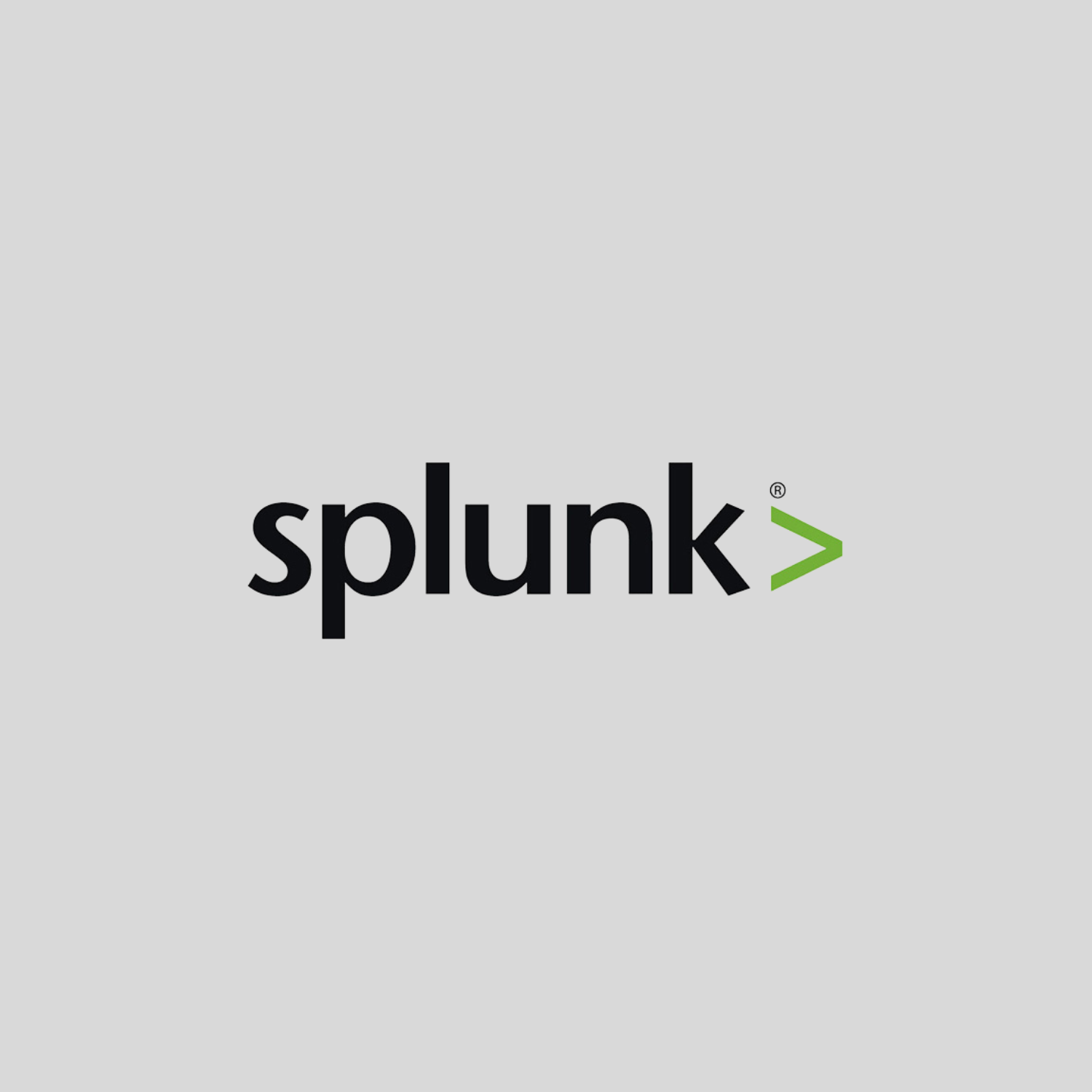Description
The module provides administrators with the skills, knowledge and best practices for data management and system configuration for data collection and ingestion in a Splunk Cloud environment to maintain a productive Splunk SaaS deployment.
Please note that classes may run across four days, consisting of 4.5 hour sessions each day.
Certifications
This course is part of the following Certifications:
Splunk Cloud Certified Admin
Prerequisites
To be successful, students should have a solid understanding of the following:
- Fundamentals 1 (Retired)
- Fundamentals 2 (Retired)
Or the following single-subject modules:
What is Splunk? (WIS)
Intro to Splunk (ITS)
Using Fields (SUF)
Intro to Knowledge Objects (IKO)
Creating Knowledge Objects (CKO)
Creating Field Extractions (CFE)
Course Objectives
- Splunk Cloud overview
- User Authentication and Authorization
- Index Management and Data Retention
- Splunk configuration files
- Cloud Ingestion – Using Splunk forwarders
- Forwarder management
- Data inputs in detail
- Cloud Ingestion – Use API, Scripted, HEC and Applications
- Event Parsing with data preview
- Manipulating raw data
- Installing and managing applications
- Problem isolation and working with Splunk Cloud support
Outline: Splunk Cloud Administration (SCA)
Topic 1 – Splunk Cloud Overview
- Describe Cloud topology
- Describe tasks managed by the Splunk cloud administrator
- List the primary differences between Splunk Cloud and Splunk Enterprise
- List differences between Self-Service Cloud and Managed Cloud
Topic 2 – Index Management
- Define a Splunk Index
- Create indexes in cloud
- Delete data from an index
- Monitor indexing activities
Topic 3 – User Authentication and Authorization
- Administer Splunk user roles
- Integrate Splunk with LDAP, Active Directory, or SAML
Topic 4 – Splunk Configuration Files
- Review Splunk configuration files and directories
- Review configuration file precedence
- Review index and search time processes
Topic 5 – Cloud Ingestion – Using Splunk Forwarders
- Review cloud ingestion strategies
- Understand the role of forwarders in GDI
- Configure forwarding to Splunk Cloud
- Monitoring forwarder connectivity
- Explore optional forwarder settings
Topic 6 – Forwarder Management
- Describe Splunk Deployment Server
- Explain the use of forwarder management
- Configure forwarders to be deployment clients
- Managing forwarders using deployment apps
Topic 7 – Monitor Inputs
- Describe the Splunk process for inputting data
- Create file and directory monitor inputs
- Use optional settings for monitor inputs
Topic 8 – Cloud Ingestion – Using API, Scripted and HEC Inputs
- Understand how data is ingested using API
- Know how to deploy scripted inputs
- Describe how to use HEC for ingestion
Topic 9 – Cloud Ingestion – Application Based Inputs
- Understand how inputs are managed using in apps or add-ons
- Describe how customers may use Splunk Stream app
- Deploy Cloud inputs for use on an IDM
Topic 10 – Fine-tuning Inputs
- Describe the default processing that occurs during the input phase
- Configure input phase options, such as source type fine-tuning and character set encoding
Topic 11 – Parsing Phase and Data Preview
- Describe the default processing that occurs during parsing
- Optimize and configure event line breaking
- Explain how timestamps and time zones are extracted or assigned to events
- Use Data Preview to validate event creation during the parsing phase
Topic 12 – Manipulating Raw Data
- Explain how data transformations are defined and invoked
- Use transformations with props.conf and transforms.conf to modify raw data
- Use SEDCMD to modify raw data
Topic 13 – Installing and Managing Apps
- Understand how apps and add-ons are vetted and installed in Cloud
- Create apps to managing and distribute configurations
Topic 14 – Splunk Cloud Support and Troubleshooting
- Troubleshooting Splunk deployments
- Collecting data and use diagnostics or monitoring to investigate
- Overview of how to collect the relevant data for support to troubleshoot
Appendix
- Explore diagnostic tools and isolation troubleshooting used to investigate and solve issues




